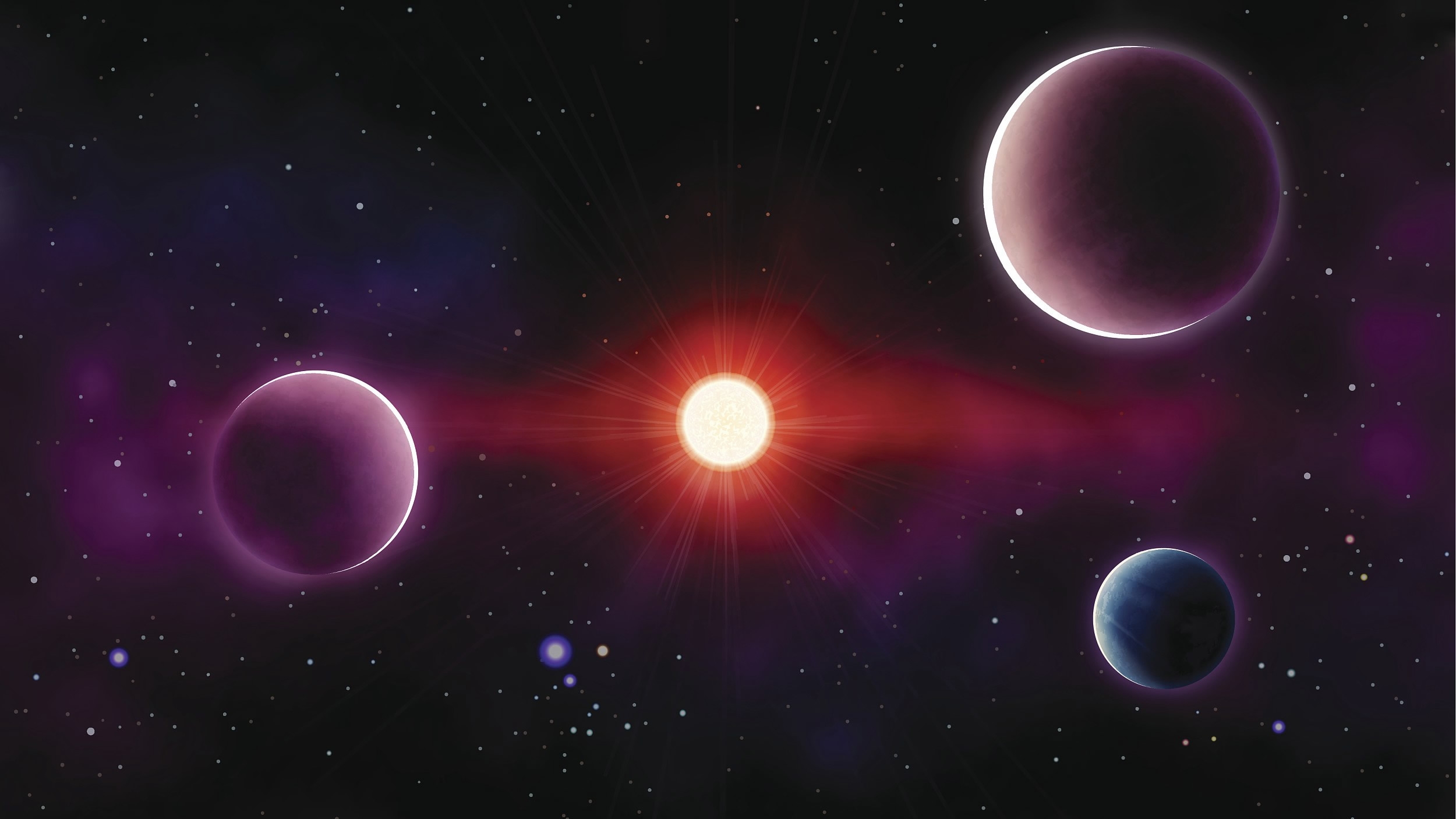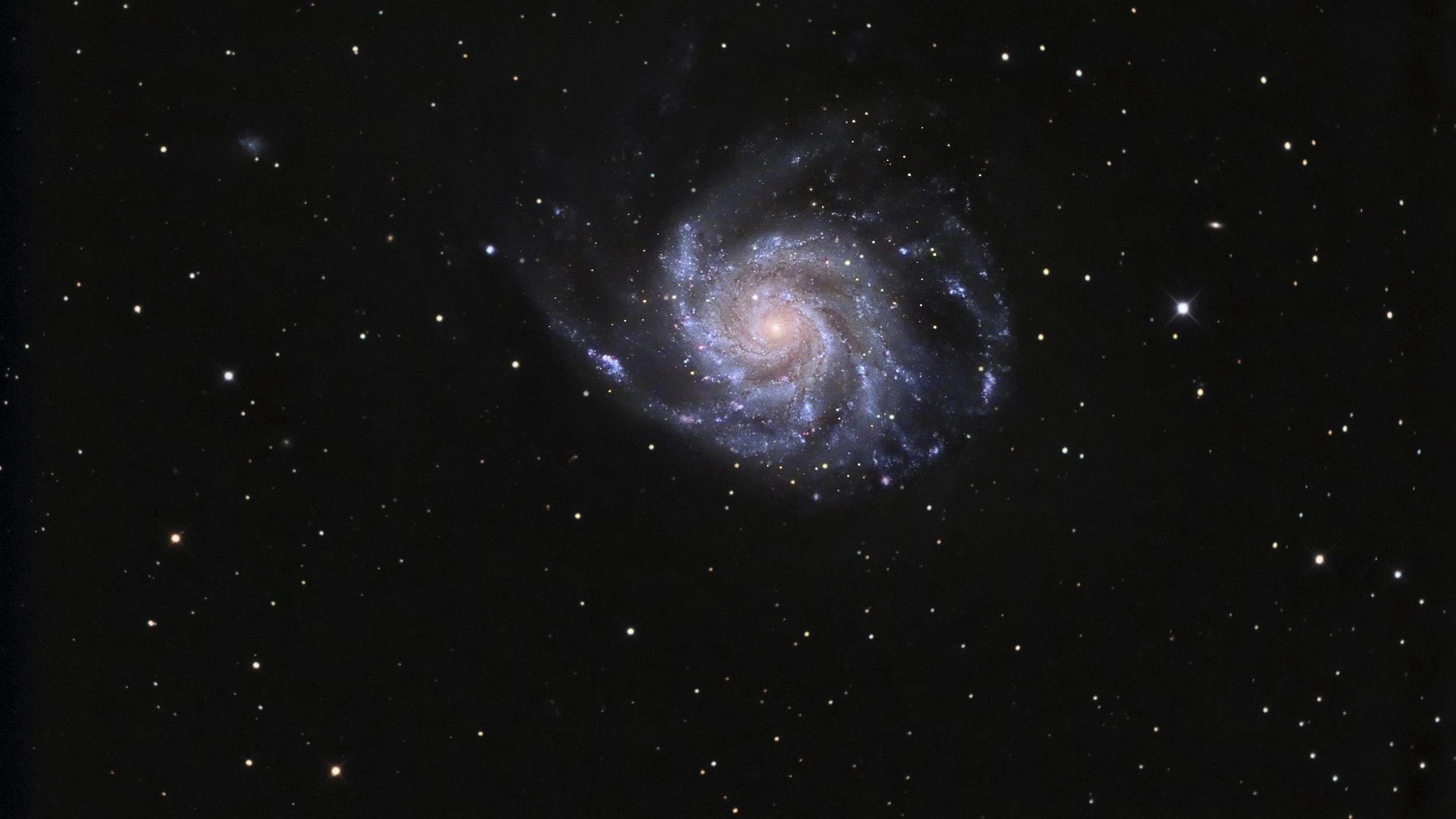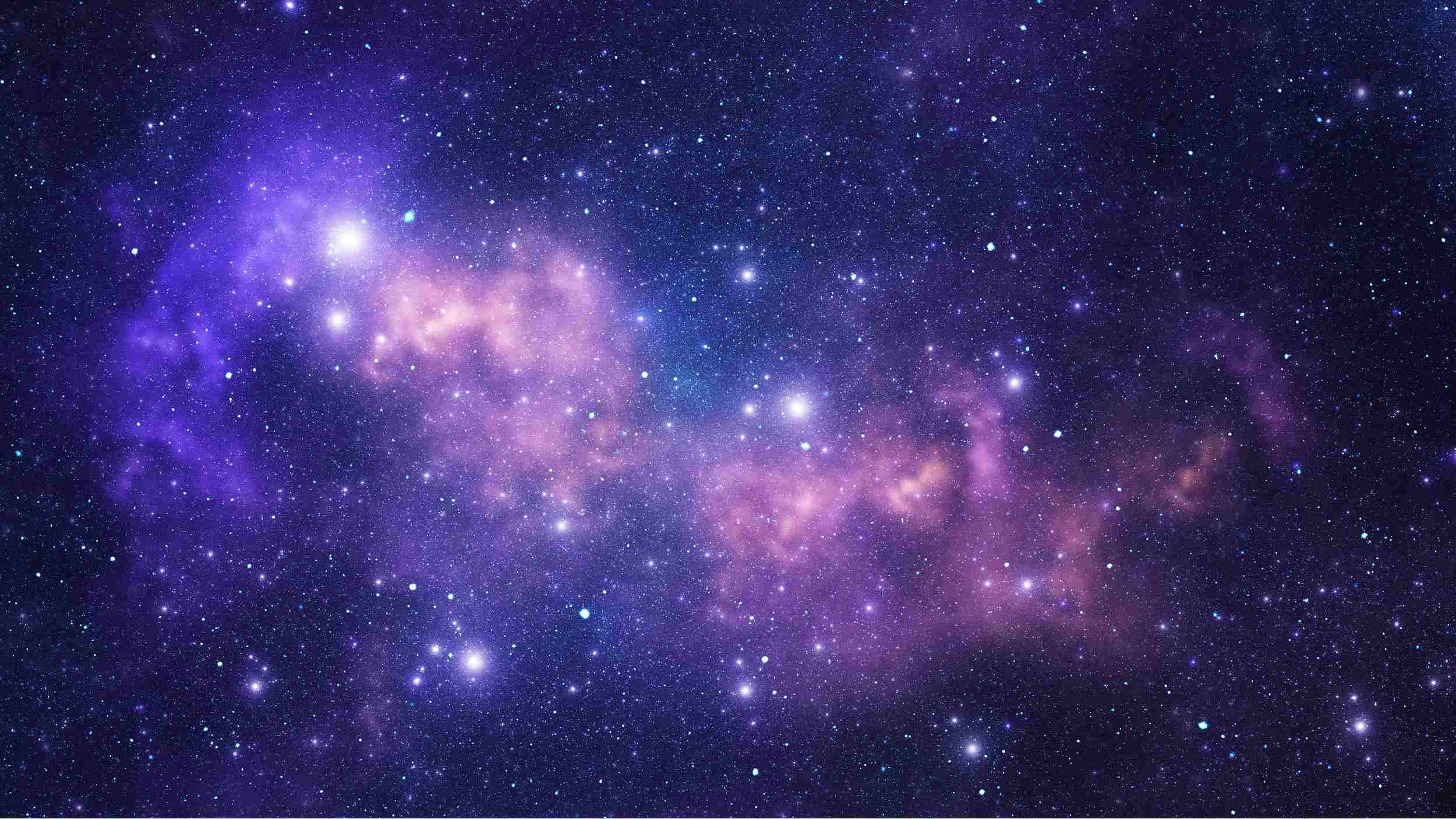A new analysis indicates that our sun almost certainly had a twin, though not an identical one, when it was born 4.5 billion years ago.
The analysis by a theoretical physicist from the University of California, Berkeley, and a radio astronomer from the Smithsonian Astrophysical Observatory at Harvard University provides new evidence that all stars are born in pairs.
The new assertion is based on a radio survey of a giant molecular cloud filled with recently formed stars in the constellation Perseus, and a mathematical model that can explain the Perseus observations only if all sun-like stars are born with a companion.

The solar system. /VCG Photo
Many stars have companions, including our nearest neighbor, Alpha Centauri, a triplet system. Astronomers have long sought an explanation.
Astronomers have searched for a companion to our sun, a star dubbed Nemesis because it was supposed to have kicked an asteroid into Earth's orbit that collided with our planet and exterminated the dinosaurs. It has never been found.
"We are saying, yes, there probably was a Nemesis, a long time ago." noted Steven Stahler, a UC Berkeley research astronomer and co-author of a paper already accepted for publication in the Monthly Notices of the Royal Astronomical Society.

Pinwheel galaxy. /VCG Photo
"We ran a series of statistical models to see if we could account for the relative populations of young single stars and binaries of all separations in the Perseus molecular cloud, and the only model that could reproduce the data was one in which all stars form initially as wide binaries. These systems then either shrink or break apart within a million years," said Stahler.
In this study, "wide" means that the two stars are separated by more than 500 astronomical units, or AU, where one astronomical unit is the average distance between the sun and Earth, namely 93 million miles, or 150 million kilometers. A wide binary companion to our sun would have been 17 times farther from the sun than its most distant planet today, Neptune.
based on this model, the sun's sibling most likely escaped and mixed with all the other stars in our region of the Milky Way galaxy, never to be seen again.

Purple space stars. /VCG Photo
"The idea that many stars form with a companion has been suggested before, but the question is: how many?" first author Sarah Sadavoy, a NASA Hubble fellow at the Smithsonian Astrophysical Observatory, was quoted as saying in a news release from UC Berkeley. "based on our simple model, we say that nearly all stars form with a companion. The Perseus cloud is generally considered a typical low-mass star-forming region, but our model needs to be checked in other clouds."
Astronomers have speculated about the origins of binary and multiple star systems for centuries, and in recent years have created computer simulations of collapsing masses of gas to understand how they condense under gravity into stars, and of the interaction of many young stars recently freed from their gas clouds. Several years ago, one such computer simulation by Pavel Kroupa of the University of Bonn led him to conclude that all stars are born as binaries.
Yet direct evidence has been scarce. As astronomers look at younger and younger stars, they find a greater proportion of binaries, but why is still a mystery.
(Source: Xinhua)







